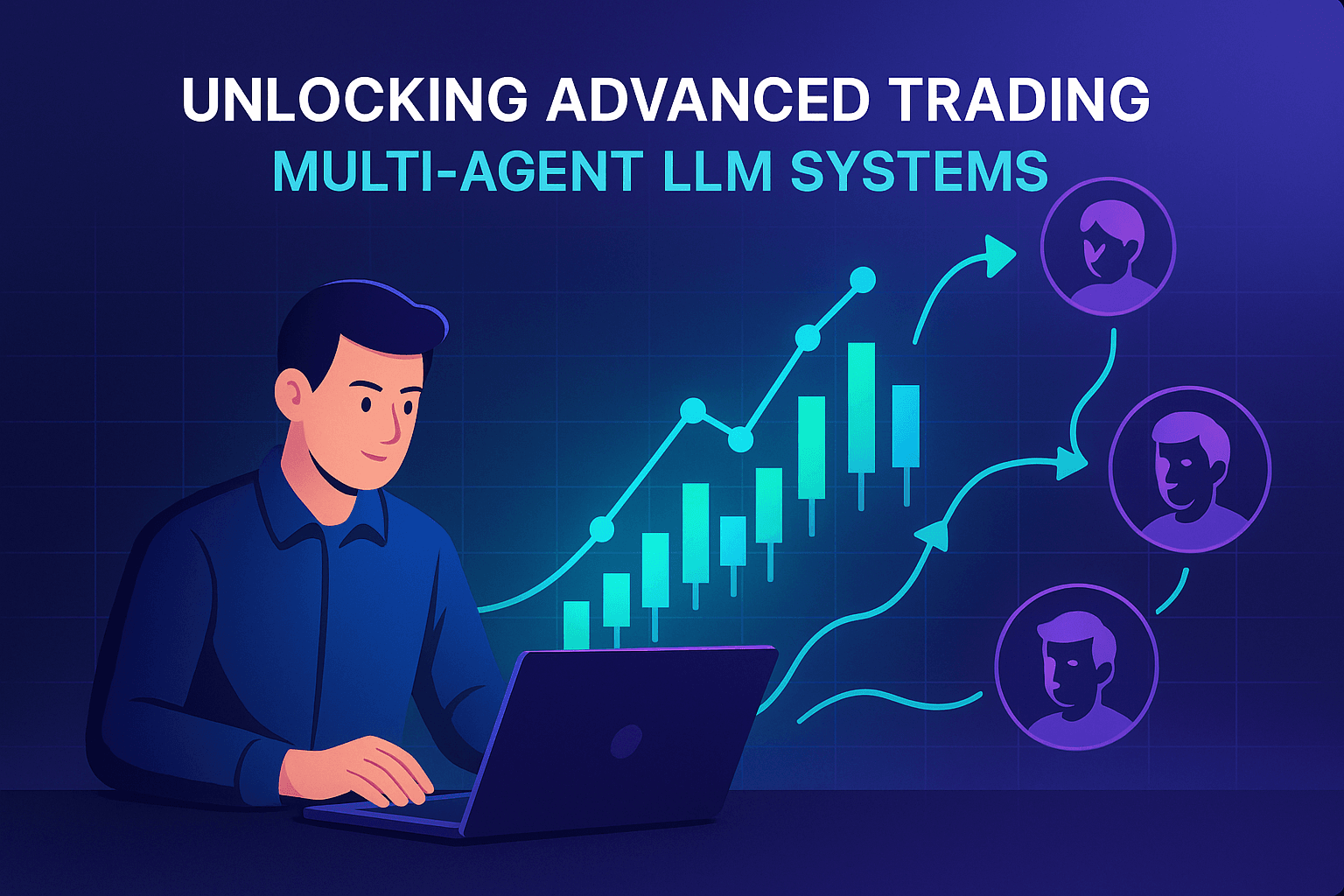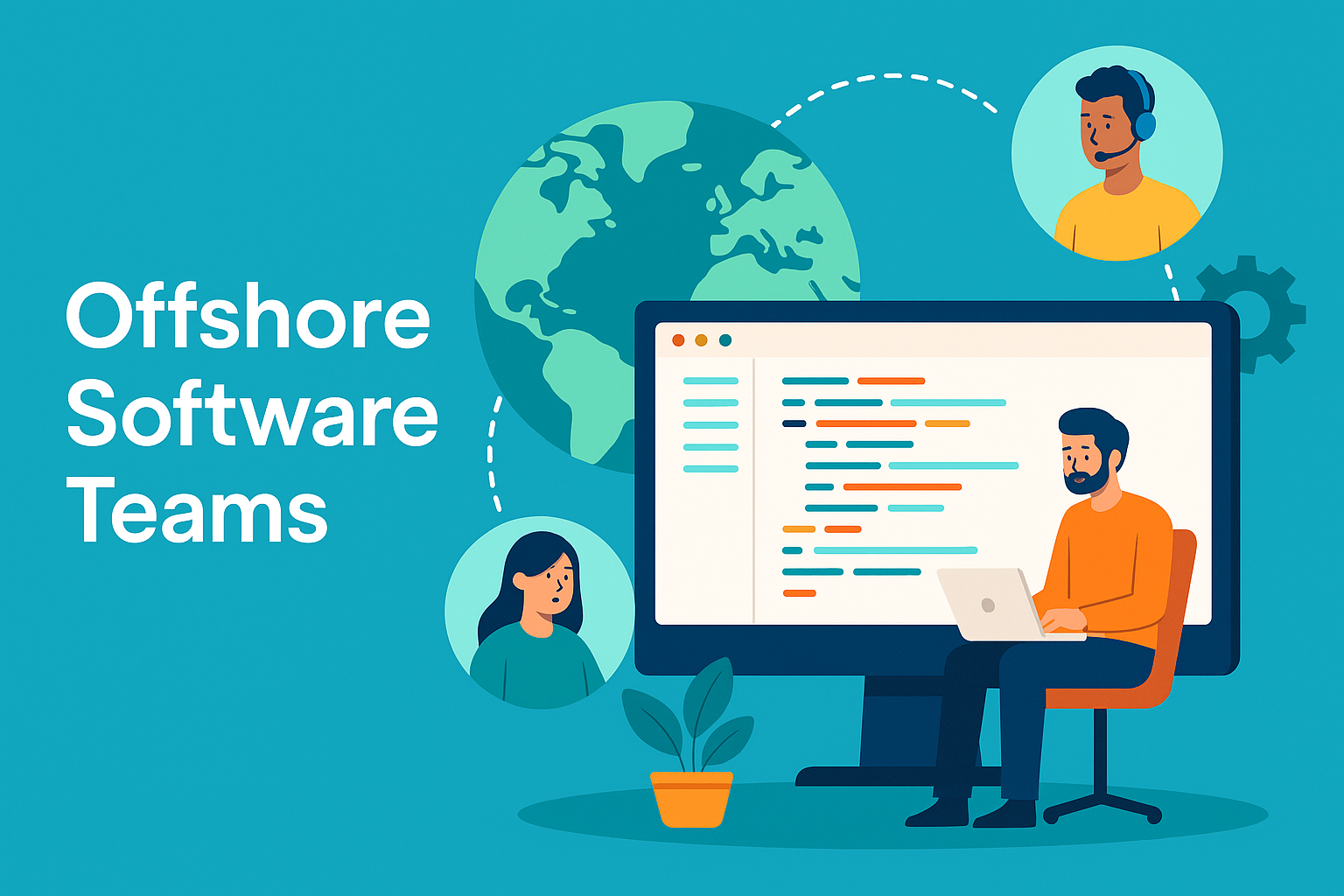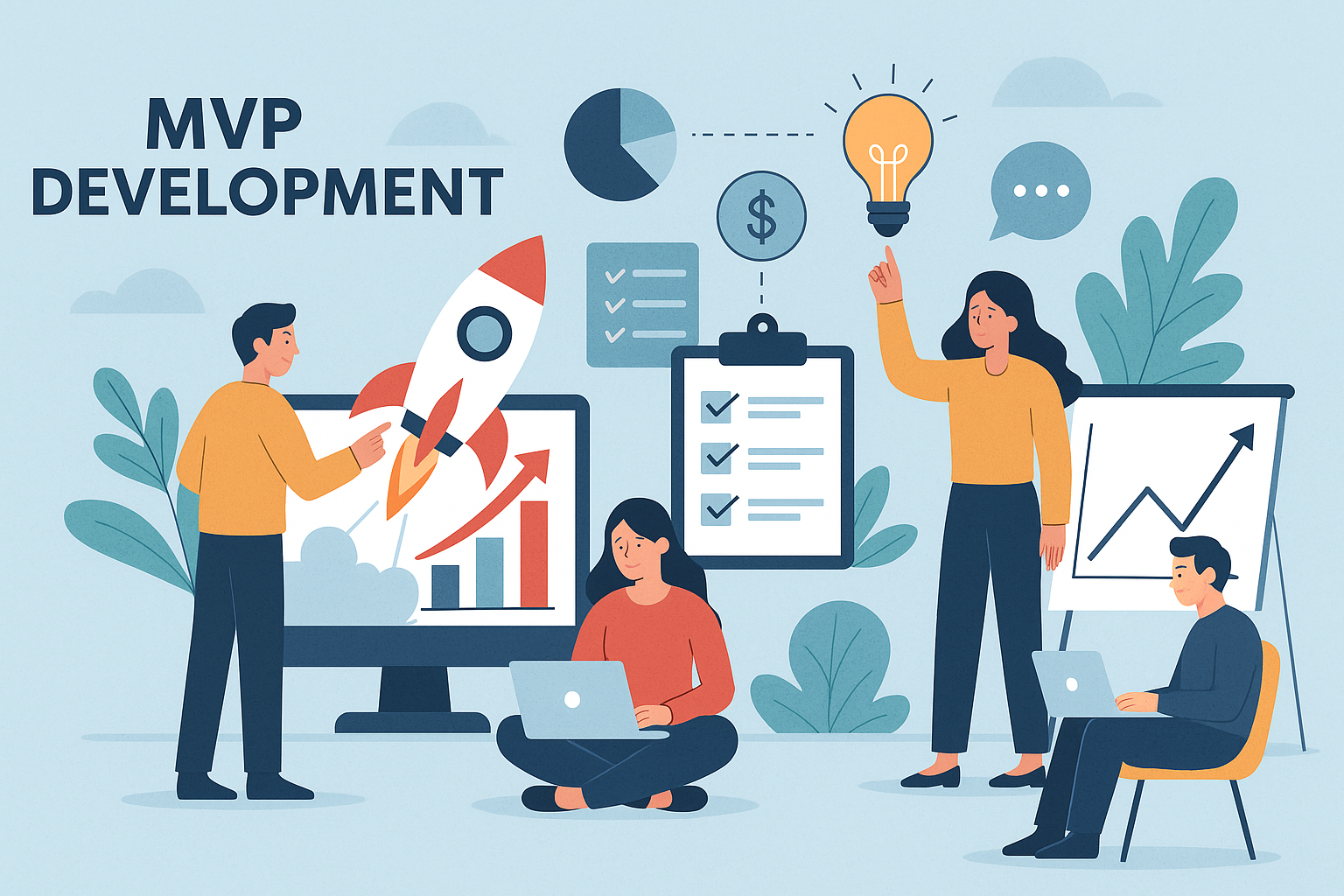Unlocking Advanced Trading with Multi-Agent LLM Systems

Introduction
In today’s fast-moving financial markets, speed and intelligence are no longer enough. Traditional AI-driven trading systems, built on single, powerful models, have delivered impressive results — but their limitations are becoming more apparent. The future lies in collaborative intelligence, where multiple large language model (LLM) agents work together to create smarter, faster, and more adaptive trading strategies.
This is the promise of multi-agent LLM systems — a paradigm shift that transforms AI from a single decision-maker into a coordinated team of specialists, each contributing unique insights to improve overall performance.
Why Multi-Agent Systems Matter in Trading
Financial markets are dynamic, complex, and often unpredictable. Relying on one model to interpret and act on vast streams of data can lead to blind spots. Multi-agent systems solve this problem by dividing tasks among specialized agents that work collaboratively, much like a team of expert analysts.
These systems can:
- Parse multiple data sources simultaneously.
- Adapt strategies in real time.
- Collaborate to validate decisions and reduce risk.
By harnessing the collective intelligence of these agents, traders can unlock a new level of insight and precision.
Key Traits of Effective Multi-Agent LLM Systems
🤝 Collaboration: Models That Work Together
In a multi-agent setup, each model acts as a specialist, sharing findings and insights with the group. This collaborative framework mimics a high-performing human team, reducing the chances of isolated errors and improving overall decision quality.
🎯 Specialization: Focused Expertise
One agent might monitor macroeconomic indicators, another might analyze technical patterns, while a third focuses on sentiment analysis. This specialization ensures no critical data point is overlooked and allows for more granular, accurate market insights.
⚡ Speed: Rapid, Real-Time Processing
Markets move fast, and delays can mean missed opportunities. Multi-agent systems process and analyze massive datasets simultaneously, enabling real-time execution of strategies without sacrificing accuracy or context.
🔄 Adaptability: Continuous Learning and Refinement
Multi-agent systems are designed to learn continuously, refining their strategies based on outcomes. This feedback loop allows them to adapt to evolving market conditions faster than traditional single-model approaches, ensuring strategies remain relevant and competitive.
Benefits of Multi-Agent Systems in Trading
Implementing multi-agent LLM systems brings several tangible advantages to traders and firms:
- Smarter Decision-Making: Diverse insights converge to form a more complete picture of market dynamics.
- Risk Mitigation: Collaborative validation reduces the risk of high-impact errors.
- Improved Resilience: Adaptive agents can pivot strategies in response to sudden market changes.
- Scalable Intelligence: As needs evolve, new agents can be added without disrupting the system.
This approach moves trading from a reactive stance to a proactive, strategy-driven model.
Aligning Multi-Agent Systems with Your Trading Philosophy
The technology itself is only half the equation. To fully unlock its potential, firms need to:
- Define clear objectives for each agent.
- Integrate human oversight to balance automation with strategic judgment.
- Continuously monitor performance to ensure alignment with trading goals.
When multi-agent systems are thoughtfully integrated, they don’t replace human traders — they enhance human decision-making, providing the insights and execution speed needed to stay ahead.
The Future of Trading Is Collaborative
The next era of trading isn’t about replacing humans with AI; it’s about building a partnership where humans and multi-agent systems collaborate for smarter, faster, and more resilient strategies.
By embracing this shift now, traders can turn raw data into actionable intelligence — transforming challenges into opportunities in an increasingly competitive market.


